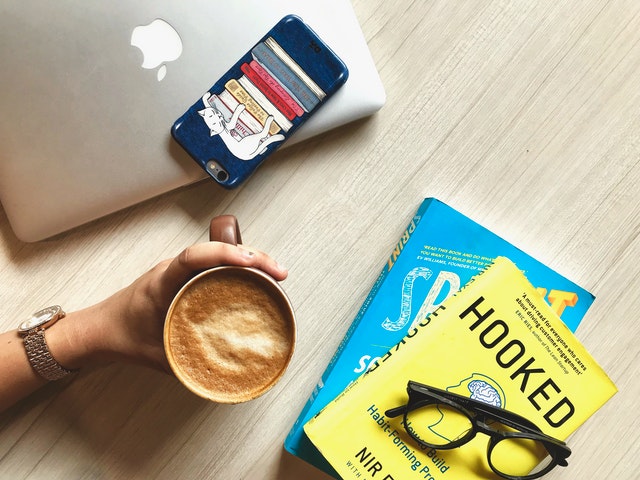
Books have been necessary to humans for almost as long as the language. Books have functions other than the apparent source of information; these are:-
- Collectors Items
- Works of Art
- Amusement and Entertainment
- A Record of History (though not consistently accurate).
Many collectors buy books for their subject area to form part of their collection. Often, if they want to read the book, they will buy a cheaper edition to preserve the condition of their collected piece.
The condition of a book is often made worse by inappropriate handling. On the other hand, careful opening and storage can help readers last in their bindings for well over 100 years.
Since around 1900, hardback books have been produced with a dust jacket that protects the boards from stains and rubbing. Colletors value the dust jacket as highly as the book itself, because of this a book with its dust jacket could be worth twice as much as the same book without one. The best way to protect the dust jacket is to wrap it in specialist mylar plastic wrapping, available from Beautiful Books when ordering a hardback book.
How to Store Books
The binding of a book is designed to stand upright on a shelf. They can be laid flat, but the stacking of several books in this way can lead to distortion of the lower books in the pile. Long term storage conditions should be cool and dry. Do not leave newspaper or other cuttings in books for long periods because this can stain the pages.
How to Open a Book
This applies to all books but especially to large, thick or old items.
How books are made
Most books are made from a number of parts which have special names. First, the text is printed on large sheets which are then folded into sections of 16 pages (sometimes fewer for old or large books). Older books often have a letter printed on the first page of each section to help the binder to sew them in the right order. In hand binding, the sections are sewn or glued together and the book spine is rounded with a hammer. Endpapers have been glued on. Then a piece of muslin type cloth, called mull, is glued over the spine, along with a headband if one is being used. When the Victorians were binding, they sometimes used old shirt linen for headbands. Next a hollow is made by folds of paper, one side of which is glued to the spine.
The case is made from boards which are covered in cloth or leather. The trimmed book is fixed into the case by fixing the cloth to the hollow and pasting the mull overlaps and the endpapers to the inside of the boards. All the operations have to be even and precise so that the book stands and lays evenly without any distortion. The design and construction is simple and robust but will not stand up to regular heavy handling.